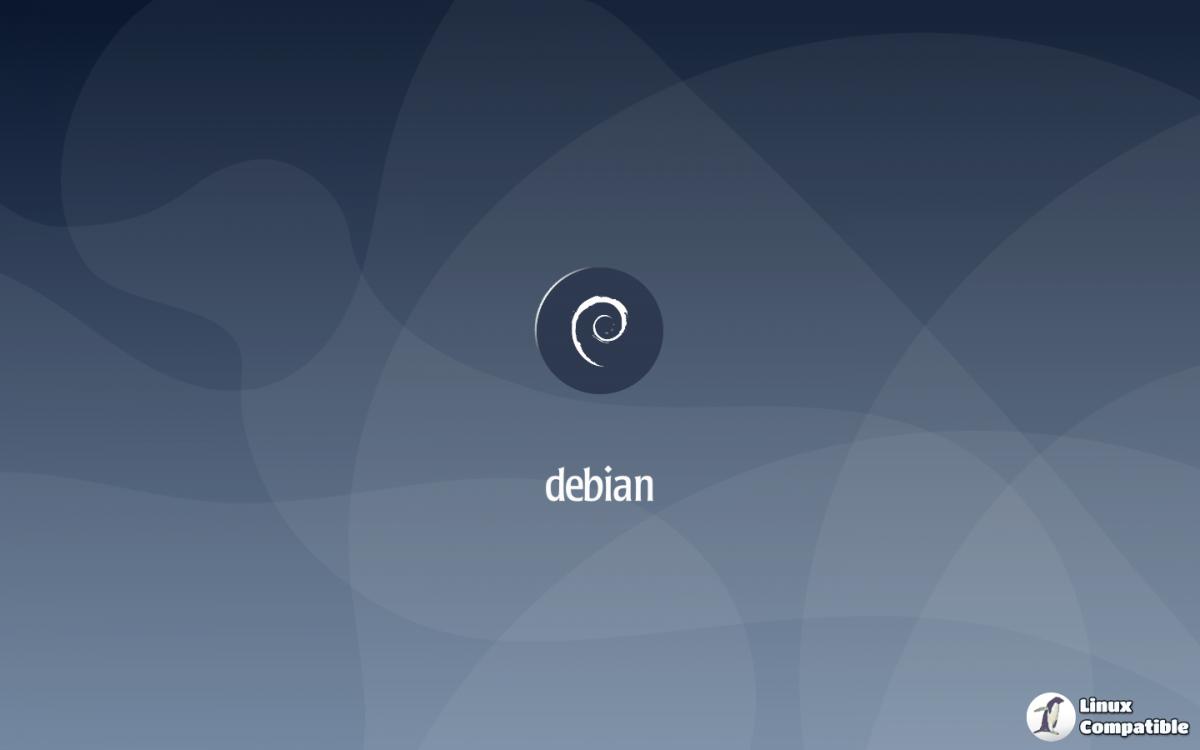

| sudo tee /etc/apt//devel:kubic:libcontainers:unstable.list > /dev/null Overall, KDE is a great community project for those wanting a more stable and Ideal for those who want the most out of their desktops, laptops, and netbooks and prefer a traditional desktop metaphor.įor more information on using KDE Plasma, visit the official documentation guide.| sudo tee /etc/apt/keyrings/devel_kubic_libcontainers_unstable.gpg > /dev/nullĮcho \ "deb \

In the tutorial, you have successfully learned how to install KDE Plasma Desktop Environment on Debian 11 Bullseye. Make sure to reboot if you are switching Display Managers and Desktop Environments. Open your terminal, then re-run the pop-up to configure the default display manager using the following command. In the future, if you want to change the default display manager back to LightDM to use Cinnamon or even GDM for GNOME and so on from the KDE and SDDM display manager. sudo apt upgrade Switching Default Display Managers When updates are available, run the standard upgrade command as you would with any other apt package. Run the standard apt update & upgrade commands for future updates for the KDE Plasma desktop environment and any default APT packages. The tutorial will utilize the terminal for the installation found in Activities > Show Applications > Terminal.Īnd that is it, and you have successfully installed the KDE Plasma desktop environment. To use the root account, use the following command with the root password to log in.

To set up an existing or new sudo account, visit our tutorial on Adding a User to Sudoers on Debian. To verify sudo status on your account: sudo whoamiĮxample output showing sudo status: sudo whoami The tutorial will be using the sudo command and assuming you have sudo status. Update your Debian operating system to make sure all existing packages are up to date: sudo apt update & sudo apt upgrade -y User account: A user account with sudo or root access.In the following tutorial, you will have learned how to install KDE Desktop Environment on your Debian 11 Bullseye Desktop. Besides the graphical enhancements and changes, it is also a lightweight, fast, smooth environment with superior performance compared to native shipped desktops with some Linux Distributions. It provides Linux users with an alternative graphical interface to customize their desktop environment and applications for everyday use enhancement. The name KDE comes from “K Desktop Environment.” For those not familiar with KDE Desktop, it is a free, open-source desktop environment.


 0 kommentar(er)
0 kommentar(er)
